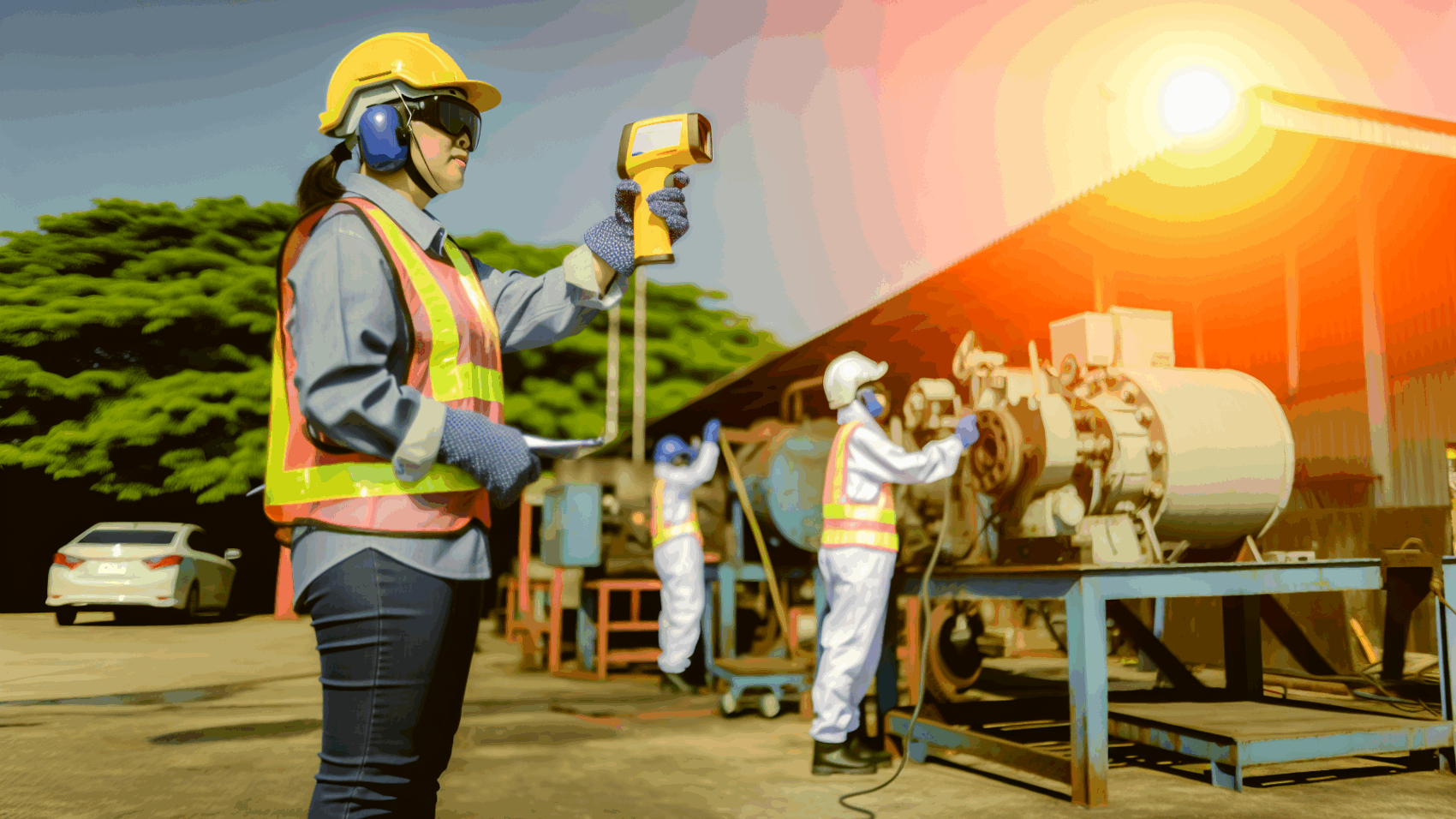As temperatures soar, staying ahead in maintenance tasks is key to a stress-free summer. Infrared thermometers become invaluable tools in this quest. Our guide provides practical hacks to use IR technology effectively for preventative upkeep and heat stress prevention.
Harnessing IR Technology for Efficient Summer Maintenance
Harnessing the power of infrared (IR) technology for efficient summer maintenance signifies the capacity to preemptively tackle issues before they morph into costly breakdowns. In essence, IR thermometers transmute the seemingly invisible heat emitted by objects into data we can interpret, making them indispensable in the maintenance toolkit. Particularly in the scorching heat, mechanical and electrical systems are prone to overheat, which can escalate to failures. Applying IR technology allows technicians to implement a non-contact method to monitor these systems, ensuring they operate within safe temperature thresholds.
One real-world application involves scrutinizing electrical panels. Instead of dismantling the panel, which poses safety risks and is time-consuming, technicians can simply point the IR thermometer at the components. Anomalies in temperature readings can be early indicators of issues such as loose connections or overloaded circuits. Similarly, in mechanical systems, bearings or motors running hotter than usual may suggest lubrication problems or impending failures.
It’s vital, however, to consider that the accuracy of IR thermometers can be influenced by the emissivity of the surface being measured, which refers to the efficiency with which a surface emits thermal radiation. Different materials emit and reflect heat differently, thus adjusting the emissivity settings on the IR thermometer can help achieve more accurate readings. For instance, a polished metal surface will reflect more infrared energy than it emits, potentially leading to underestimations of its true temperature if emissivity isn’t correctly accounted for.
In sum, IR technology not only enhances safety by minimizing direct contact with potentially overheated components but also boosts uptime by identifying issues before they lead to failure. The key to leveraging these benefits lies in understanding the nuances of IR temperature measurement, like the impact of emissivity and ensuring your measurements are both accurate and reliable.
Conclusions
Embracing the savvy use of IR thermometers leads to a more proactive approach to summer maintenance. Keeping critical systems running securely and efficiently in the heat is not just about responding to overheating alerts; it’s about preventing them. Equip yourself with our strategies to turn IR technology into your ally against the scorching summer challenges.

